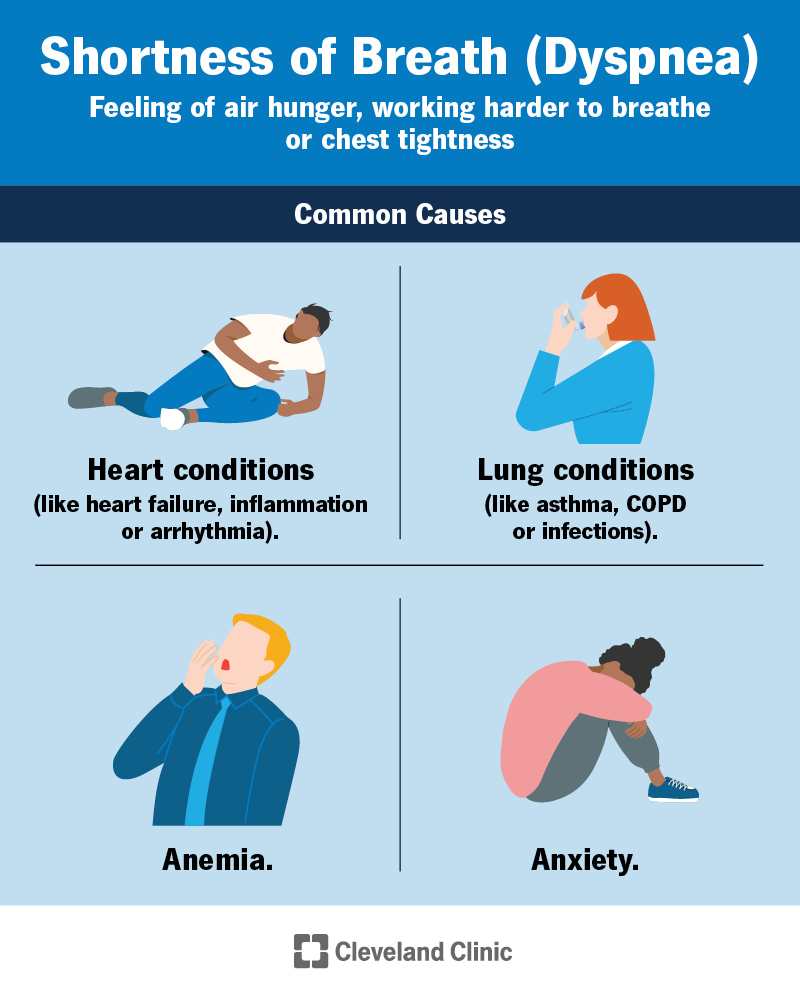The physician prescribed albuterol, beclomethasone, and zafirlukast for a client being discharged with asthma. The client tells the nurse he can’t remember what to take before exercising. The best response by the nurse would be:
None of these medications will work for this activity.
Use beclomethasone prior to exercising.
Albuterol is most effective when taken before this type of activity.
Use zafirlukast prior to aerobic activity.
The Correct Answer is C
Choice A reason: Stating that none of these medications will work for this activity is incorrect. Albuterol, a short-acting beta-agonist, is specifically used to prevent exercise-induced bronchoconstriction (EIB). It is effective in opening the airways and preventing asthma symptoms triggered by exercise.
Choice B reason: Using beclomethasone prior to exercising is not recommended. Beclomethasone is an inhaled corticosteroid used for long-term control of asthma and is not effective as a pre-exercise medication. It helps reduce inflammation in the airways over time but does not provide immediate relief or prevention of exercise-induced symptoms.
Choice C reason: Albuterol is most effective when taken before this type of activity. Albuterol is a short-acting beta-agonist (SABA) that works quickly to relax the muscles around the airways, making it easier to breathe. It is commonly prescribed to be taken 10-15 minutes before exercise to prevent exercise-induced bronchoconstriction. This medication helps to prevent the narrowing of the airways that can occur during physical activity, making it the best choice for preventing exercise-induced asthma symptoms.
Choice D reason: Using zafirlukast prior to aerobic activity is not the best option. Zafirlukast is a leukotriene receptor antagonist used for long-term control of asthma. It helps reduce inflammation and prevent asthma symptoms but is not typically used as a pre-exercise medication. It does not provide the immediate bronchodilation needed to prevent exercise-induced bronchoconstriction.
Nursing Test Bank
Naxlex Comprehensive Predictor Exams
Related Questions
Correct Answer is C
Explanation
Choice A reason: Increasing blood flow back to the heart is not the primary reason for performing arm and shoulder exercises after a thoracotomy. While exercise can improve circulation, the main goal of these specific exercises is to maintain mobility and prevent complications related to immobility.
Choice B reason: Promoting the expansion of the left lung is not the primary purpose of arm and shoulder exercises. While deep breathing exercises and the use of an incentive spirometer are crucial for lung expansion and preventing atelectasis, arm and shoulder exercises focus more on maintaining joint and muscle function.
Choice C reason: Preventing stiffening and loss of function is the primary reason for performing arm and shoulder exercises after a thoracotomy. These exercises help maintain the range of motion in the shoulder and arm, prevent joint stiffness, and reduce the risk of muscle atrophy. Postoperative immobility can lead to significant functional impairments, and these exercises are essential for a smooth recovery.
Choice D reason: Rebuilding the muscle that was removed is not accurate in this context. Thoracotomy involves accessing the thoracic cavity, and while muscle tissue may be affected, the primary goal of postoperative exercises is to maintain existing muscle function and prevent stiffness, not to rebuild muscle tissue.
Correct Answer is C
Explanation
Choice A reason:
Have a pulse oximetry reading of 95% or greater by discharge: While maintaining a pulse oximetry reading of 95% or greater is important, it may not fully address the client’s activity intolerance. Pulse oximetry measures the oxygen saturation in the blood, and normal readings typically range from 95% to 100%. However, achieving this reading alone does not ensure that the client can perform activities without experiencing dyspnea or fatigue.
Choice B reason:
Exhibit a respiratory rate of 12-20/minute by discharge: A normal respiratory rate for adults is between 12 and 20 breaths per minute. While this is a good indicator of respiratory function, it does not directly address the client’s ability to perform self-care activities without dyspnea. The goal should focus on the client’s functional ability rather than just physiological parameters.
Choice C reason:
Perform self-care activity without dyspnea by discharge: This outcome directly addresses the client’s activity intolerance. Dyspnea, or difficulty breathing, is a significant symptom that affects the client’s ability to perform daily activities. By setting a goal for the client to perform self-care activities without dyspnea, the care plan focuses on improving the client’s functional status and quality of life.
Choice D reason:
Have clear breath sounds bilaterally by discharge: Clear breath sounds are an important indicator of improved lung function and resolution of pneumonia. However, this outcome does not specifically address the client’s activity intolerance. While clear breath sounds are desirable, the primary goal should be to ensure the client can perform activities without experiencing dyspnea.

Whether you are a student looking to ace your exams or a practicing nurse seeking to enhance your expertise , our nursing education contents will empower you with the confidence and competence to make a difference in the lives of patients and become a respected leader in the healthcare field.
Visit Naxlex, invest in your future and unlock endless possibilities with our unparalleled nursing education contents today
Report Wrong Answer on the Current Question
Do you disagree with the answer? If yes, what is your expected answer? Explain.
Kindly be descriptive with the issue you are facing.
